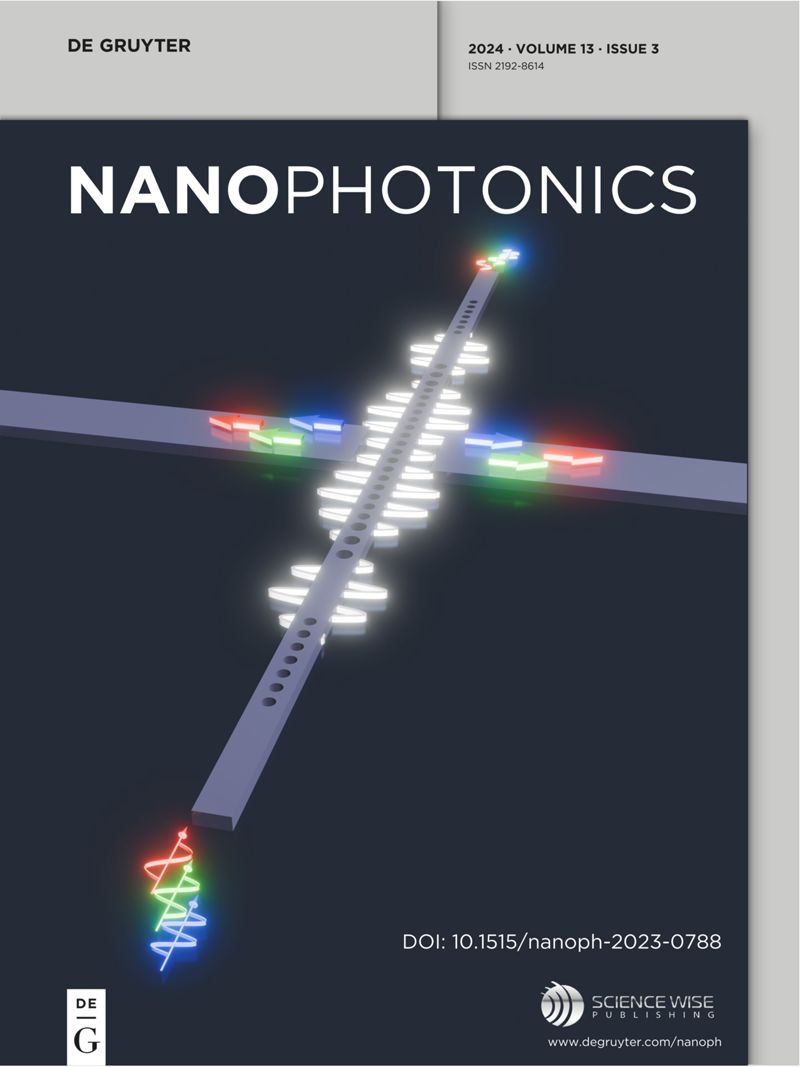基于图像的干涉聚焦传感在双光子显微镜中的波前校正
IF 6.5
2区 物理与天体物理
Q1 MATERIALS SCIENCE, MULTIDISCIPLINARY
引用次数: 0
摘要
自适应光学是一种校正波前畸变以提高图像质量的技术。干涉焦点传感(IFS)是自适应光学领域最近提出的一种方法,在深层组织成像中证明了对复杂像差的校正效果。这种方法基于样品内的单个位置确定校正模式。在本文中,我们提出了一种基于图像的干涉焦点传感(IBIFS)方法,该方法采用共轭自适应光学配置,通过监测图像质量指标的反馈,逐步估计和校正整个视场的波前。样品共轭配置允许通过依次测量每个点的校正模式来校正整个视场中的多个点。我们使用定制的双光子显微镜在荧光珠和小鼠脑切片上实验证明了我们的方法。我们表明,与基于兴趣区域的方法相比,我们的方法具有更大的有效视场以及更稳定的优化结果。本文章由计算机程序翻译,如有差异,请以英文原文为准。
Wavefront correction with image-based interferometric focus sensing in two-photon microscopy
Adaptive optics is a technology that corrects wavefront distortions to enhance image quality. Interferometric focus sensing (IFS), a relatively recently proposed method within the field of adaptive optics, has demonstrated effectiveness in correcting complex aberrations in deep tissue imaging. This approach determines the correction pattern based on a single location within the sample. In this paper, we propose an image-based interferometric focus sensing (IBIFS) method in a conjugate adaptive optics configuration that progressively estimates and corrects the wavefront over the entire field of view by monitoring the feedback of image quality metrics. The sample conjugate configuration allows for the correction of multiple points across the full field of view by sequentially measuring the correction pattern for each point. We experimentally demonstrate our method on both the fluorescent beads and the mouse brain slices using a custom-built two-photon microscope. We show that our approach has a large effective field of view as well as more stable optimization results compared to the region of interest based method.
求助全文
通过发布文献求助,成功后即可免费获取论文全文。
去求助
来源期刊

Nanophotonics
NANOSCIENCE & NANOTECHNOLOGY-MATERIALS SCIENCE, MULTIDISCIPLINARY
CiteScore
13.50
自引率
6.70%
发文量
358
审稿时长
7 weeks
期刊介绍:
Nanophotonics, published in collaboration with Sciencewise, is a prestigious journal that showcases recent international research results, notable advancements in the field, and innovative applications. It is regarded as one of the leading publications in the realm of nanophotonics and encompasses a range of article types including research articles, selectively invited reviews, letters, and perspectives.
The journal specifically delves into the study of photon interaction with nano-structures, such as carbon nano-tubes, nano metal particles, nano crystals, semiconductor nano dots, photonic crystals, tissue, and DNA. It offers comprehensive coverage of the most up-to-date discoveries, making it an essential resource for physicists, engineers, and material scientists.
 求助内容:
求助内容: 应助结果提醒方式:
应助结果提醒方式:


